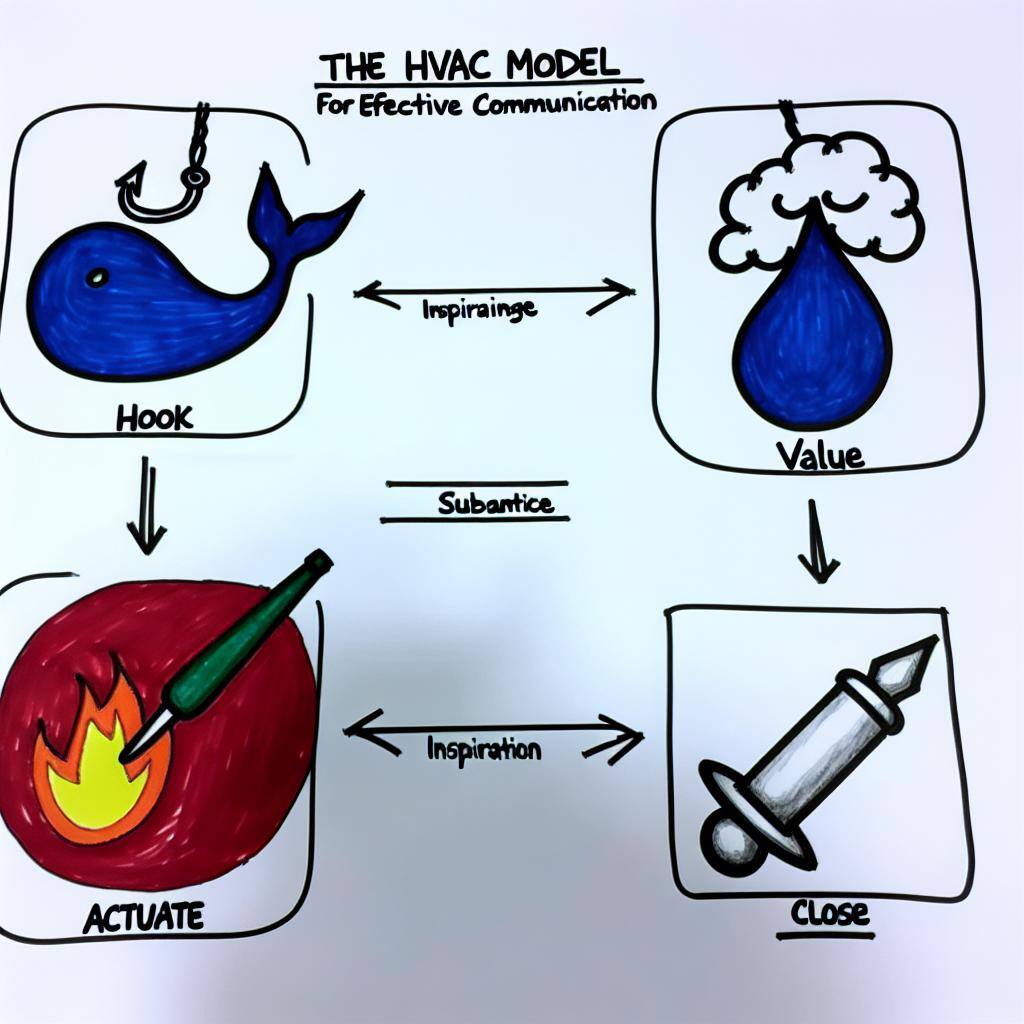

In a city not unlike yours, there existed a corporation named NexGen Technologies, known for its groundbreaking innovations. Within this corporation were two distinct leaders: Eric, the traditional manager, and Emily, the steward leader.
Eric was a seasoned professional, trained in the classical methods of management. His office was adorned with awards and certificates, a testament to his adherence to efficiency and results. He focused on controlling resources and directing his team to achieve the company’s predefined goals. His approach was methodical and disciplined, ensuring that deadlines were met and budgets were adhered to.
One of his team members, Sarah, a brilliant but overworked engineer, often found herself under immense pressure to deliver. Eric, while recognizing her talent, primarily saw her as a resource to be optimized. He provided clear instructions and expected results, rarely delving into her personal growth or well-being.
Under Eric’s management, NexGen’s projects were completed on time, and the company remained profitable. However, the team felt a lack of personal connection and fulfillment. Turnover rates were high, and innovation began to stagnate as employees felt constrained by rigid protocols.
On the other side of the office, Emily’s leadership style was starkly different. Emily believed in the power of stewardship—nurturing and multiplying resources for the benefit of all stakeholders. Her approach was holistic, considering not only the company’s fiscal health but also the personal and professional growth of her team, community impact, and environmental stewardship.
Emily’s office was a vibrant space, filled with plants, open books, and a communal table where team members often gathered to share ideas. She saw each team member as a valuable asset, investing in their development and fostering a culture of continuous learning and innovation.
One day, Emily noticed Sarah’s exceptional skills and the potential for burnout. Instead of merely assigning tasks, she engaged Sarah in meaningful conversations about her career aspirations and personal interests. Emily introduced flexible working hours and encouraged Sarah to attend advanced engineering courses, providing support for her professional growth.
Emily also implemented the STRIVE methodology to enhance organizational efficiency. This approach involved mapping out execution roadmaps, identifying risks, and embedding feedback loops for continuous improvement. The team felt empowered and aligned with the company’s mission, leading to innovative breakthroughs and enhanced productivity.
Beyond the office walls, Emily led NexGen in engaging with local community initiatives and implementing eco-friendly policies. The company became known not just for its technological advancements but also for its positive impact on society and the environment.
As the years passed, the differences between Eric’s and Emily’s teams became evident. While Eric’s team achieved their targets, they often did so at the cost of employee well-being and long-term innovation. In contrast, Emily’s team thrived in a supportive environment, driving continuous innovation and fostering a deep sense of purpose.
Emily’s stewardship extended beyond her immediate team. Her decisions created a ripple effect, benefiting the community and ensuring sustainable practices. Her leadership style exemplified the principles of a WayMaker—warrior, philosopher, and leader—balancing strength, wisdom, and generosity.
The story of Eric and Emily highlights the transformative power of steward leadership. While traditional management focuses on control and results, and servant leadership emphasizes serving others, steward leadership transcends these models by maximizing holistic value creation. A steward leader like Emily embodies the essence of WayMakers, leading with intentionality, continuous learning, integrity, and a relentless pursuit of goals.
This approach ensures not only organizational success but also the flourishing of individuals, communities, and the environment.
In the end, NexGen Technologies flourished under Emily’s stewardship, becoming a beacon of holistic excellence in the corporate world. The tale of two leaders serves as a testament to the profound impact of steward leadership—a model for the future of effective leadership.
As we navigate our own careers, the need for steward leaders has never been more critical. Will you embrace the path of the WayMaker, leading with intentionality, wisdom, and generosity? Step into the role of a steward leader and transform your organization into a thriving ecosystem where individuals, communities, and the environment flourish. The future of effective leadership awaits—become the steward leader our world needs. Start now. Be the change. Lead like a WayMaker.



